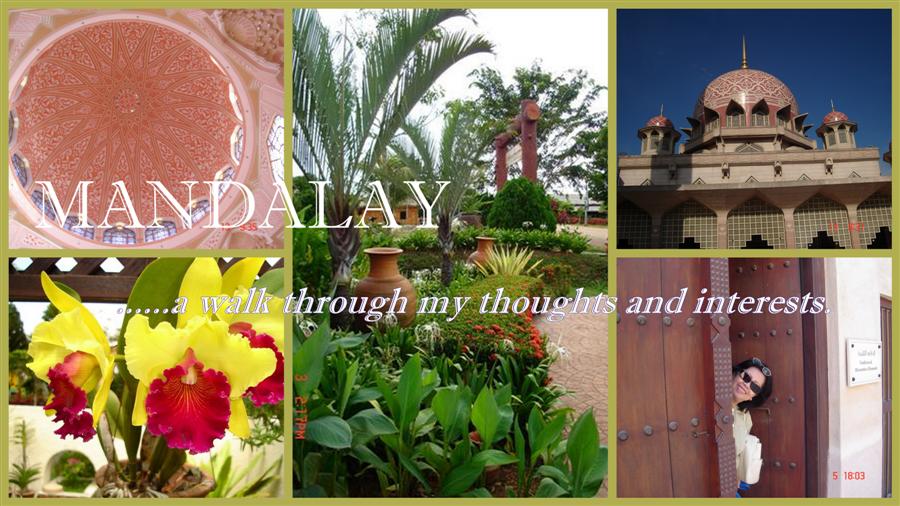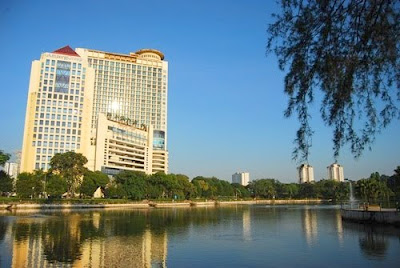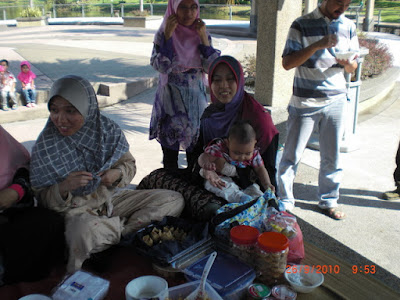A right is the sovereignty to act without the permission of others. The concept of a right carries with it an implicit, unstated footnote: you may exercise your rights as long as you do not violate the same rights of another—within this context, rights are an absolute.
A right is universal—meaning: it applies to all men, not just to a few. There is no such thing as a "right" for one man, or a group of men, that is not possessed by all. This means there are no special "rights" unique to women or men, blacks or white, the elderly or the young, homosexuals or heterosexuals, the rich or the poor, doctors or patients or any other group.
A right must be exercised through your own initiative and action. It is not a claim on others. A right is not actualized and implemented by the actions of others. This means you do not have the right to the time in another person’s life. You do not have a right to other people’s money. You do not have the right to another person’s property. If you wish to acquire some money from another person, you must earn it—then you have a right to it. If you wish to gain some benefit from the time of another person’s life, you must gain it through the voluntary cooperation of that individual—not through coercion. If you wish to possess some item of property of another individual, you must buy it on terms acceptable to the owner—not gain it through theft.
Alone in a wilderness, the concept of a right would never occur to you, even though in such isolation you have the right to life, liberty and the pursuit of happiness. In this solitude, you would be free to take the actions needed to sustain your life: hunt for food, grow crops, build a shelter and so on. If a hundred new settlers suddenly arrive in your area and establish a community, you do not gain any additional rights by living in such a society nor do you lose any; you simply retain the same rights you possessed when you were alone.
A right defines what you may do without the permission of those other men and it erects a moral and legal barrier across which they may not cross. It is your protection against those who attempt to forcibly take some of your life’s time, your money or property.
Animals do not have rights. Rights only apply to beings capable of thought, capable of defining rights and creating an organized means—government—of protecting such rights. Thus, a fly or mosquito does not possess rights of any kind, including the right to life. You may swat a fly or mosquito, killing them both. You do not have the right to do the same to another human being, except in self-defense. You may own and raise cows, keep them in captivity and milk them for all they are worth. You do not have the right to do the same to other men, although that is what statists effectively do to you.
There is only one, fundamental right, the right to life—which is: the sovereignty to follow your own judgment, without anyone’s permission, about the actions in your life. All other rights are applications of this right to specific contexts, such as property and freedom of speech.
The right to property is the right to take the action needed to create and/or earn the material means needed for living. Once you have earned it, then that particular property is yours—which means: you have the right to control the use and disposal of that property. It may not be taken from you or used by others without your permission.
Freedom of speech is the right to say anything you wish, using any medium of communication you can afford. It is not the responsibility of others to pay for some means of expression or to provide you with a platform on which to speak. If a newspaper or television station refuses to allow you to express your views utilizing their property, your right to freedom of speech has not been violated and this is not censorship. Censorship is a concept that only applies to government action, the action of forcibly forbidding and/or punishing the expression of certain ideas.
Statists have corrupted the actual meaning of a right and have converted it, in the minds of most, into its opposite: into a claim on the life of another. With the growth of statism, over the past few decades, we have seen an explosion of these "rights"—which, in fact, have gradually eroded your actual right to your life, money and property.
Statists declare you have a "right" to housing, to a job, to health care, to an education, to a minimum wage, to preferential treatment if you are a minority and so on. These "rights" are all a claim, a lien, on your life and the lives of others. These "rights" impose a form of involuntary servitude on you and others. These "rights" force you to pay for someone’s housing, their health care, their education, for training for a job—and, it forces others to provide special treatment for certain groups and to pay higher-than-necessary wages.
Under statism, "rights" are a means of enslavement: it places a mortgage on your life—and statists are the mortgage holders, on the receiving end of unearned payments forcibly extracted from your life and your earnings. You do not have a right to your life, others do. Others do not have a right to their lives, either, but you have a "right" to theirs. Such a concept of "rights" forcibly hog-ties everyone to everyone else, making everyone a slave to everyone else—except for those masters, statist politicians, who pull the strings and crack the whips.
Actual rights—those actions to which you are entitled by your nature as man—give you clear title to your life. A right is your declaration of independence. A statist "right" is their declaration of your dependence on others and other's dependence on you. Until these bogus "rights" are repudiated, your freedom to live your life as you see fit will continue to slowly disappear.
(http://www.freerepublic.com)
The above write may have omitted certain important facts about "right" but it is still an interesting article. Below is another interesting article on the subject by Andrew P Napolitano.
In the continually harsh public discourse over the President’s proposals for federally-managed healthcare, the Big Government progressives in both the Democratic and the Republican parties have been trying to trick us. These folks, who really want the government to care for us from cradle to grave, have been promoting the idea that health care is a right. In promoting that false premise, they have succeeded in moving the debate from WHETHER the feds should micro-manage health care to HOW the feds should micro-manage health care. This is a false premise, and we should reject it. Health care is not a right; it is a good, like food, like shelter, and like clothing.
What is a right? A right is a gift from God that extends from our humanity. Thinkers from St. Thomas Aquinas, to Thomas Jefferson, to the Rev. Dr. Martin Luther King, Jr., to Pope John Paul II have all argued that our rights are a natural part of our humanity. We own our bodies, thus we own the gifts that emanate from our bodies. So, our right to life, our right to develop our personalities, our right to think as we wish, to say what we think, to publish what we say, our right to worship or not worship, our right to travel, to defend ourselves, to use our own property as we see fit, our right to due process – fairness – from the government, and our right to be left alone, are all rights that stem from our humanity. These are natural rights that we are born with. The government doesn’t give them to us and the government doesn’t pay for them and the government can’t take them away, unless a jury finds that we have violated someone else’s rights.
What is a good? A good is something we want or need. In a sense, it is the opposite of a right. We have our rights from birth, but we need our parents when we are children and we need ourselves as adults to purchase the goods we require for existence. So, food is a good, shelter is a good, clothing is a good, education is a good, a car is a good, legal representation is a good, working out at a gym is a good, and access to health care is a good. Does the government give us goods? Well, sometimes it takes money from some of us and gives that money to others. You can call that taxation or you can call it theft; but you cannot call it a right.
A right stems from our humanity. A good is something you buy or someone else buys for you.
Now, when you look at health care for what it is, when you look at the US Constitution, when you look at the history of human freedom, when you accept the American value of the primacy of the individual over the fleeting wishes of the government, it becomes apparent that those who claim that healthcare is a right simply want to extend a form of government welfare.
When I make this argument to my Big Government friends, they come back at me with…well, if people don’t have health insurance, they will just go to hospitals and we will end up paying for them anyway. Why should that be? We don’t let people steal food from a supermarket or an apartment from a landlord or clothing from a local shop. Why do we let them take healthcare from a hospital without paying for it? Well, my Big Government friends contend, that’s charity.
They are wrong again. It is impossible to be charitable with someone else’s money. Charity comes from your own heart, not from the government spending your money. When we pay our taxes to the government and it gives that money away, that’s not charity, that’s welfare. When the government takes more from us than it needs to secure our freedoms, so it can have money to give away, that’s not charity, that’s theft. And when the government forces hospitals to provide free health care to those who can’t or won’t care for themselves, that’s not charity, that’s slavery. That’s why we now have constitutional chaos, because the government steals and enslaves, and we outlawed that a long time ago.
December 19, 2009
http://www.lewrockwell.com
 S H Alatas studied in University of Amsterdam for 10 years and obtained a doctorate in Political and Social Science. He had an illustrious career in the academia and was once the VC of University of Malaya. He passed away in January , 2007.
S H Alatas studied in University of Amsterdam for 10 years and obtained a doctorate in Political and Social Science. He had an illustrious career in the academia and was once the VC of University of Malaya. He passed away in January , 2007.
.jpg)
.JPG)
.JPG)
.JPG)
.JPG)
.JPG)
.JPG)
.JPG)
.JPG)
.JPG)







.jpg)


.JPG)
.JPG)
.JPG)
.JPG)
.JPG)
.JPG)
.JPG)
.JPG)
.JPG)
.JPG)
.JPG)
.JPG)
.JPG)







.JPG)

